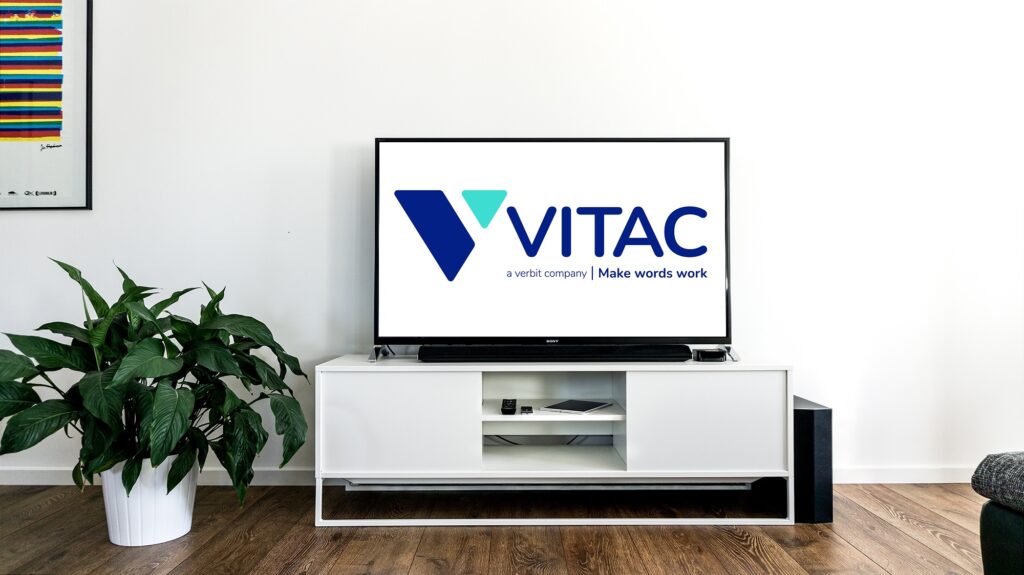A new study by law firm Seyfarth Shaw LLP shows that the number of website accessibility lawsuits filed in federal courts saw a slight dip in 2019.

Seyfarth tracked 2,256 website accessibility lawsuits filed in federal courts last year — two fewer than in 2018. The flattening of these types of lawsuit filings comes after the courts saw a 177% increase in these suits from 2017 to 2018, the firm notes.
The study shows that New York and Florida federal courts continued to be the busiest with 1,354 and 526 lawsuits filed in 2019, respectively. California, Pennsylvania, Illinois, Massachusetts, Wisconsin, Indiana, Colorado, and Washington, D.C., rounded out the top 10.
Though the Empire State once again took the top spot for the number of federal website accessibility lawsuits filed, the firm notes that that number, too, is down slightly compared to 2018. The decrease may be the result of some New York attorneys recently turning their attention to filing lawsuits that accuse retailers that sell gift cards without braille of violating the Americans with Disabilities Act.
Late last month, however, a federal district court in New York rejected two claims that retailers, restaurants, and other places of public accommodation were required to offer Braille gift cards to customers who are blind or with low vision. The court did allow plaintiffs to file an amended complaint within 15 days. In both cases, the Southern District of New York ruled that gift cards are a product, and that Title III deals with access to places of public accommodation and not the types of products a place of public accommodation sells.
The ADA and subsequent amendments give civil rights protections to individuals with disabilities similar to those provided to individuals based on race, color, sex, national origin, age, and religion. It assures equal opportunity for access to businesses, employment, transportation, state and local government programs and services, and telecommunications.
Title III of the ADA prohibits discrimination based on disability in places of public accommodation — businesses that are generally open to the public and that fall into one of 12 categories listed in the ADA, such as restaurants, recreational facilities, and movie theaters. Title III also requires newly constructed or altered places of public accommodation and commercial facilities to comply with the ADA standards.
Though the ADA and captioning don’t always go hand-in-hand, many businesses, schools and universities, event centers, and government entities, just to name a few, employ captions to become and remain ADA compliant, and provide greater access to those who are deaf and hard of hearing.
VITAC is a full-service captioning provider with more than 30 years of experience. We offer live and offline captions, subtitling and multi-language subtitling services, and a wide variety of caption integration solutions. We also offer audio description services, a narrative description of onscreen actions, visual cues (such as characters and costumes), and text that appear in graphics or a video, that makes content more accessible to people who are blind or with low-vision.
Click to learn more about how VITAC can help make content more accessible.




